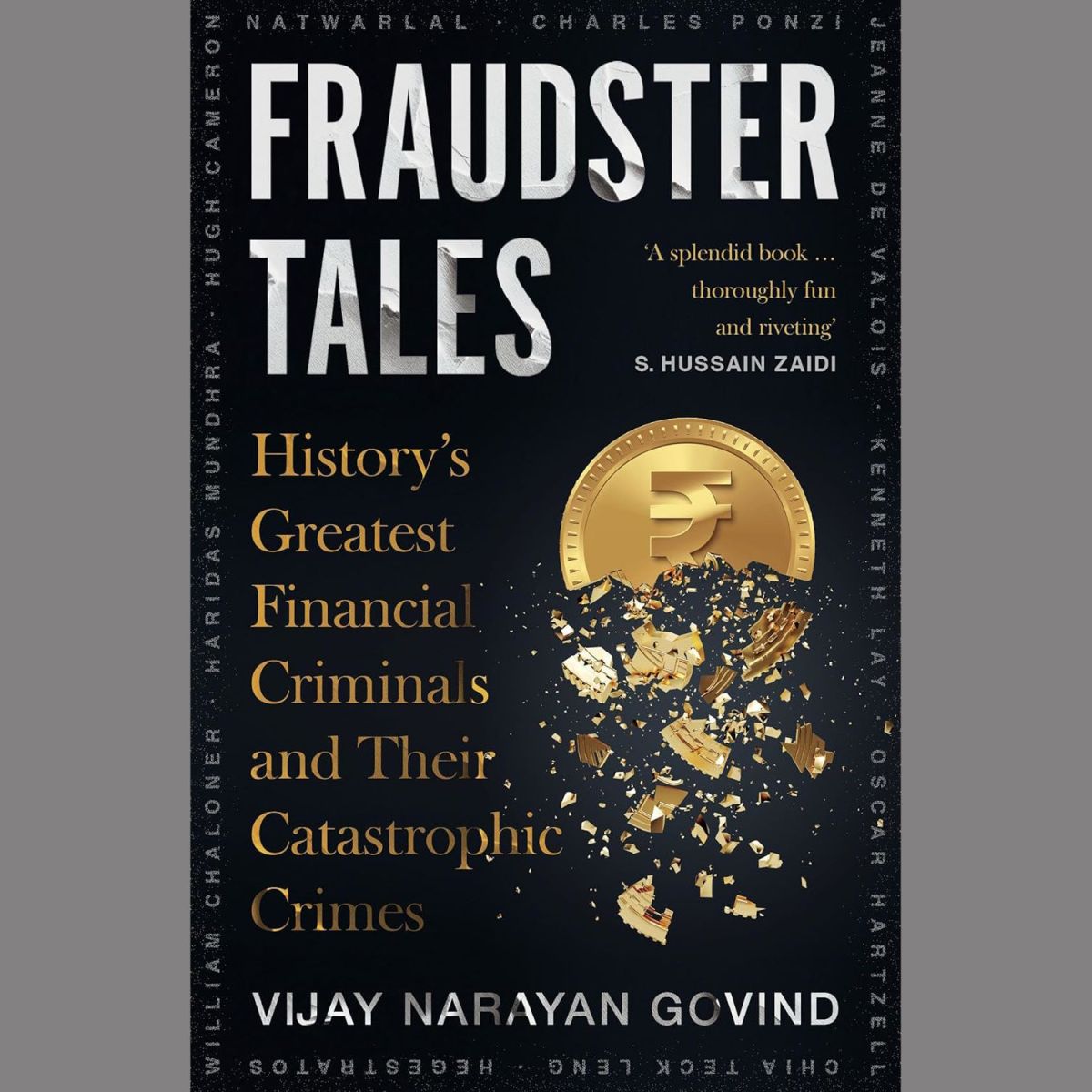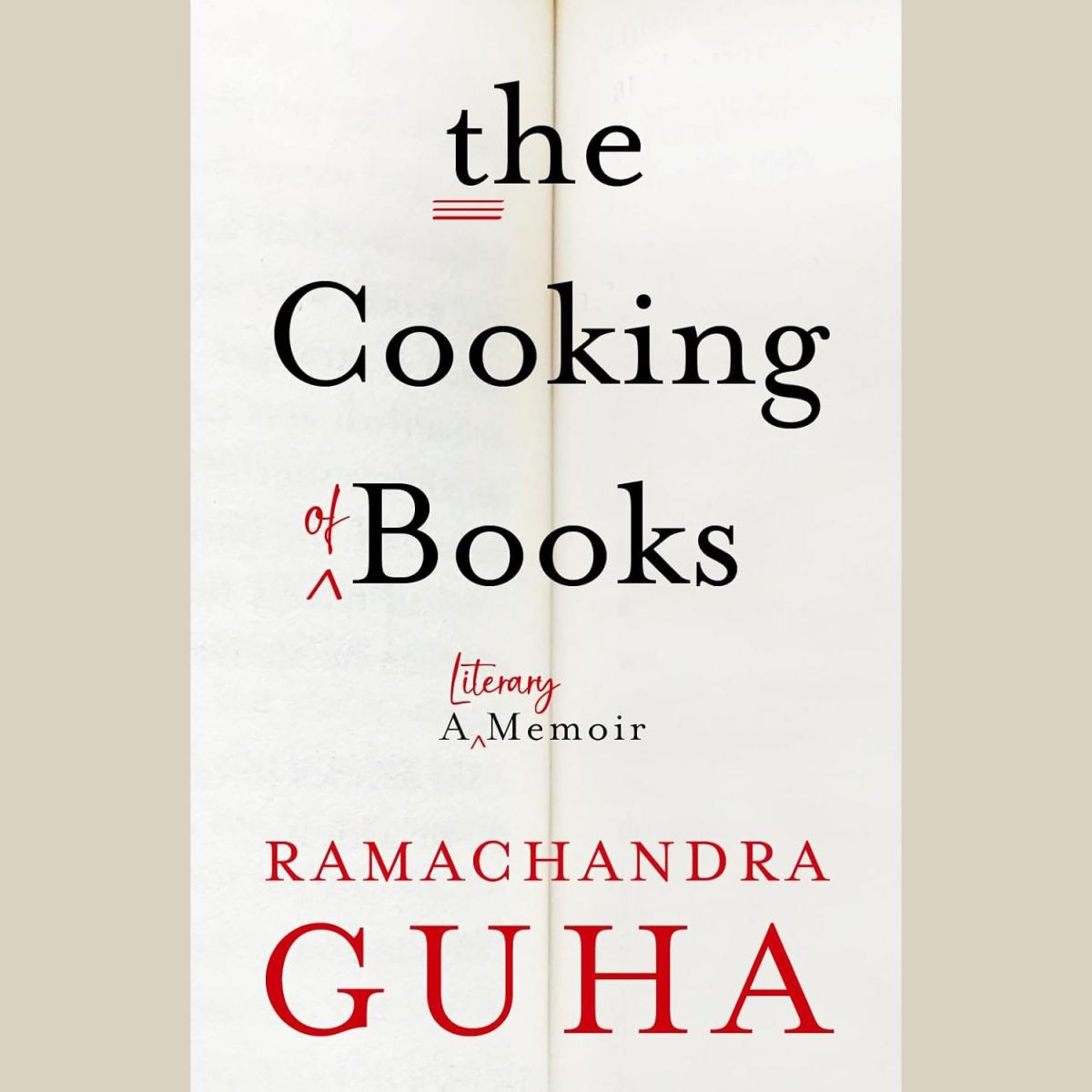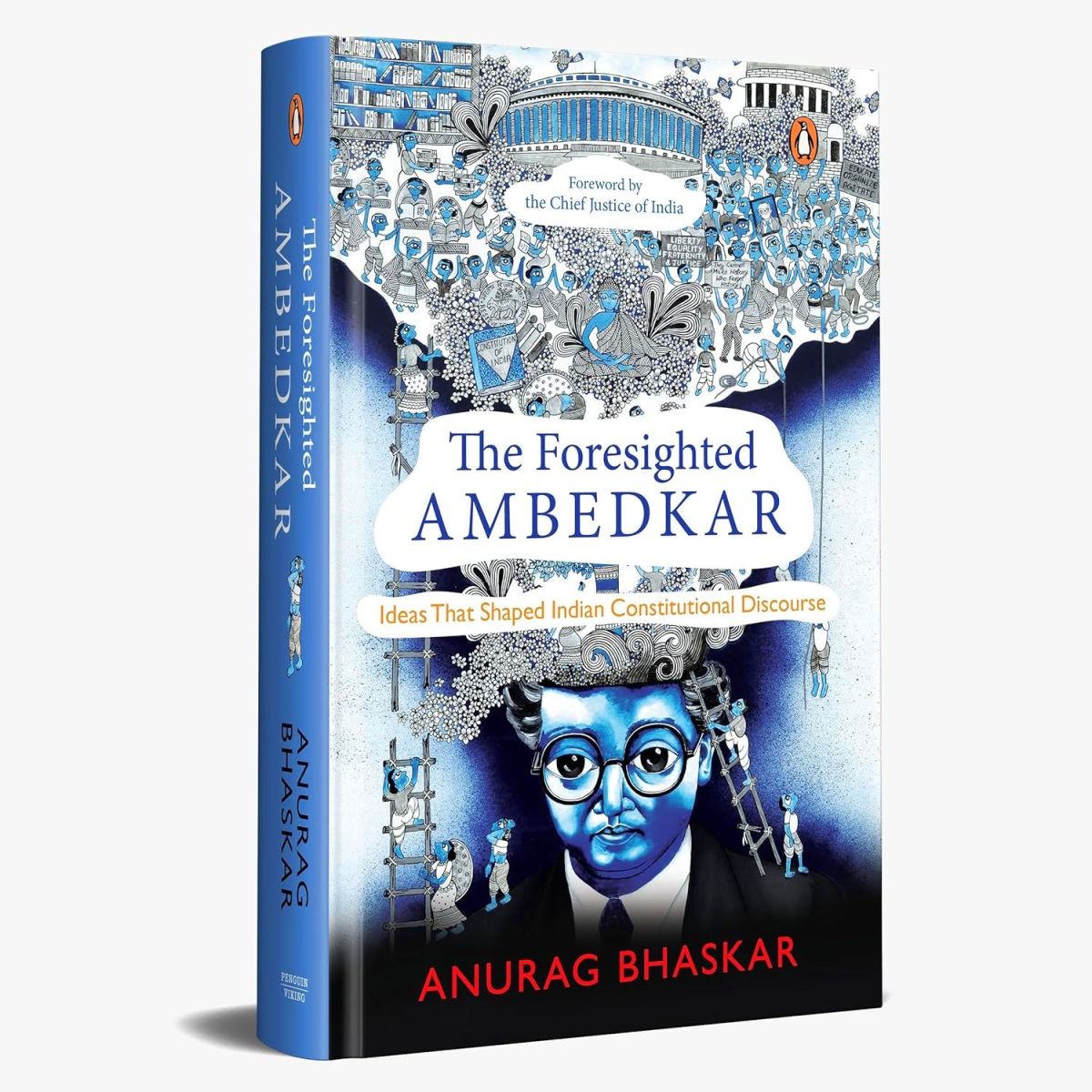Born in 1854 in the district of Nadia, in West Bengal, Durgacharan Rakshit was a scholar and a business owner who, in the late-1800s and early-1900s, set out to travel across India. This, he did on foot and by boat, train and horse-drawn carriage – practically whatever means of transport was available at any given point. Travel in those days, as you may well imagine, was quite different to what it is now, since the world wide web hadn’t yet been invented and whipping out one’s smartphone to book a flight simply wasn’t an option. But seriously, Durgacharan was perceptive and he kept a detailed record of his journeys, which are recounted in his book named, what else, Journeys Across India. The book was first published in Bengali, back in 1903, as Bharat Pradakshin, and has now been translated into English by Dr Sarbani Putatunda, a Shakespeare scholar with several academic papers to her name.
‘His curiosity as a seeker must have led him to undertake his journeys across India, which, it’s said, happened in four parts, over 18 years. It is also significant to mention that considering the camera was introduced in India only in 1855, he had put together almost twenty beautifully poignant half-tone pictures. What camera did he use and how did he ferry it across the subcontinent are questions for which there are no certain answers,’ says Kalyan Paul, Durgacharan’s great-grandson. ‘We can well surmise from his writings that Durgacharan was an outstanding scholar. He went around the country, observed every bit of it and presented a graphic picture of India – its natural beauty, its people, the social customs, religious trends… his knowledge seems to be all pervasive. He saw the people, studied their customs like an anthropologist, paid great attention to their language like a linguist and finally reflected upon everything he saw. Sociology, anthropology, linguistics and philosophy all combined in one,’ adds Dr Putatunda. She notes that translating the original Bengali edition into English was a ‘Herculean task’ given that the Bengali used by the author, more than a 100 years ago, is markedly different from contemporary Bengali language.
The book itself comprises four sections, based on Geography; East, North, West and South – that being the order of directions in which Durgacharan Rakshit (DR) travelled across the country. Given that he travelled during 1875-1900, a time when India was under British rule and transport must have been hard to come by, it’s admirable that DR was able to traipse across the country, going everywhere from Calcutta to Thiruvananthapuram and Kashmir to Bombay. And while ‘mindful travel’ has become a cool buzzword only in recent years, DR seems to have been practicing it back then, almost 150 years ago. For him, travel doesn’t seem to have been a desire to tick things and places off a list. Instead, wherever he goes, what he sees, he observes, makes note, interacts with the locals, experiments with the local cuisine, makes an effort to understand local customs and different cultures, and takes the time to introspect. When he looks at temples, he tries to understand the architecture. When he looks at ancient engravings, he tries to figure out the kind of clothes the people of that region might have worn in ancient times. And when he encounters local practices – customs and traditions – that may have been very different from what he may have followed at home, he keeps an open mind and makes an attempt to accept those the way they are. ‘If you have a prefixed idea about something, it’s easy for you to find examples to substantiate it. But in order to ascertain a truth and validate it, you have to be both skeptical and objective in your approach,’ says DR.
DR writes about his observations on religion and the different religious practices he encounters across the country, he records his views of great rivers and holy cities, he writes about forts and palaces, of ashrams and holy men, of the many languages spoken and the different ways of living across the country, of local marketplaces and the vagaries of rural commerce. Of food and different local cuisines (not all of which he seems to have liked!) Of exhibitions and local craftsmen. Of the British and how they ran the country in those days. Of incredible natural beauty and awe-inspiring mountains and waterfalls. And of migration over the centuries and how it explains physical and evolutionary anthropology of Indian people in different regions. And in all of this, DR seems to be driven by a deep-seated curiosity, an endless thirst to imbibe and learn, know and understand. ‘Life without curiosity is meaningless. Curiosity helps a person make life meaningful. When someone is fed up with life, he could undertake a journey around the world, just to satisfy his curiosity,’ says DR. However, having ventured far away from home, he also seems to have suffered from occasional pangs of loneliness. ‘It’s only now I have come to realise the necessity of human companionship. I felt like communicating with any Bengali, whenever I came across one,’ he says during the course of his travels. Well, no Google Translate app in those days, so fair enough…
Here’s the thing about this book: It’s most certainly not your everyday, run-of-the-mill travelogue. It’s much, much more than that. It’s a complex piece of work, from a man who studied philosophy and religion, who spoke multiple languages, who had a keen sense of observation and capacity for deep thought, and a deep interest in a wide range of subjects including art, architecture, history, religion, anthropology, politics, commerce, linguistics, geography, wildlife and what have you. Of course, he also had the writing ability that allowed him to condense his thoughts into words, which make for very interesting reading. With Dr Putatunda having translated the original Bengali writing into English, the book – and the incredibly vast, rich tapestry it weaves, of an India from a bygone era – now becomes accessible to a much wider selection of readers, and that has to be a good thing. ‘The current generation of Durgacharan’s extended family must be commended for reviving interest in their ancestor’s work. Journeys Across India will take you to places where standard history books seldom go – to the life and times of ordinary people and extraordinary places of more than a century ago,’ says Dhritiman Chaterji in his introduction to the book. We couldn’t agree more.
Journeys Across India
Author: Durgacharan Rakshit
Translator: Dr Sarbani Putatunda
Publisher: Speaking Tiger
Format: Paperback
Number of pages: 376
Price: Rs 437
Available on Amazon
Book Review: Journeys Across India









